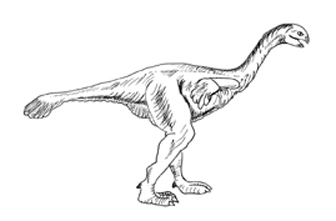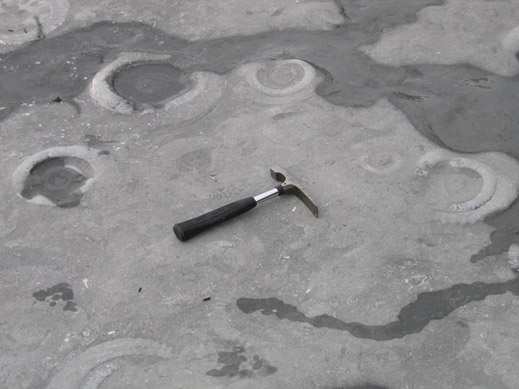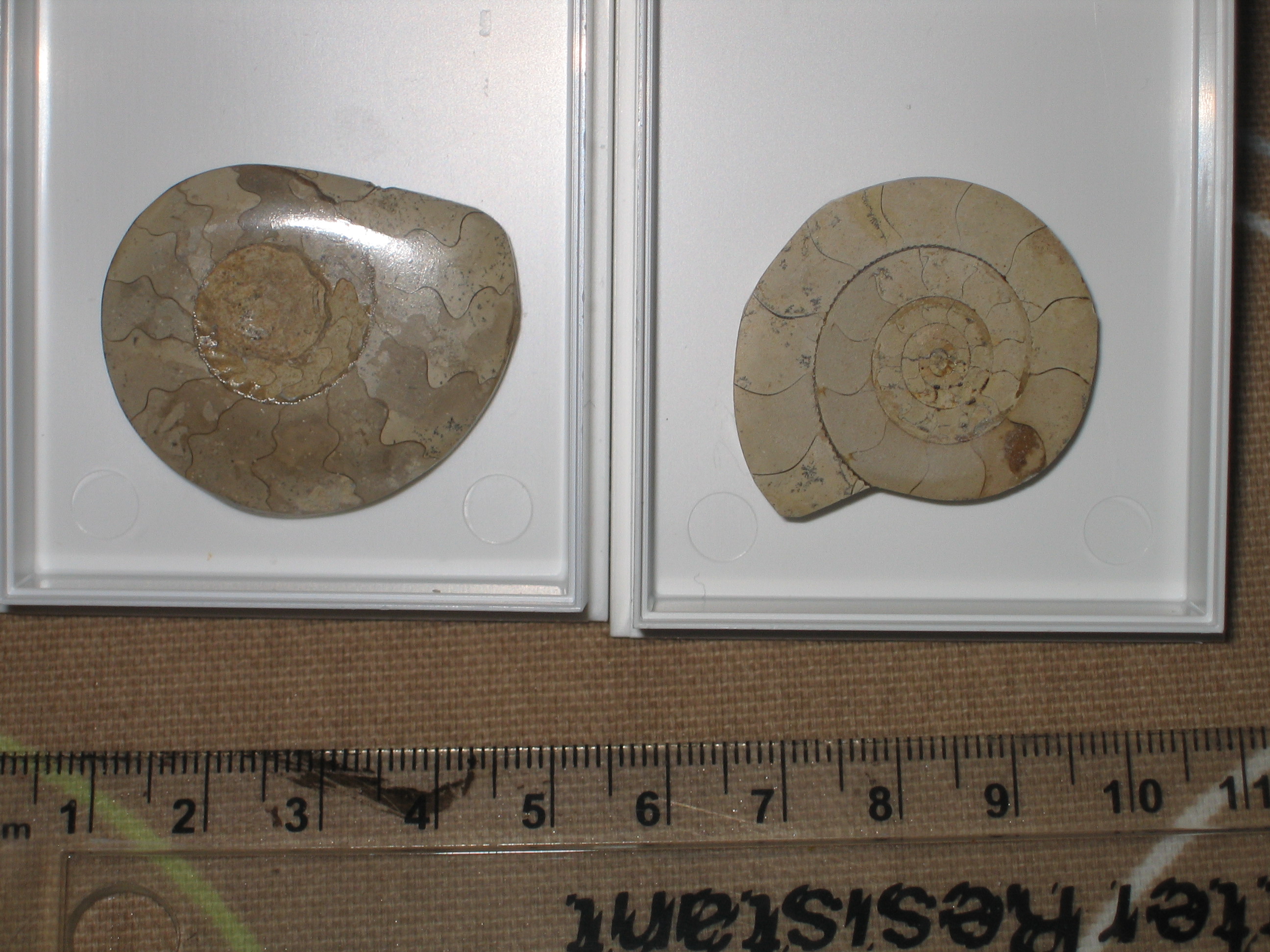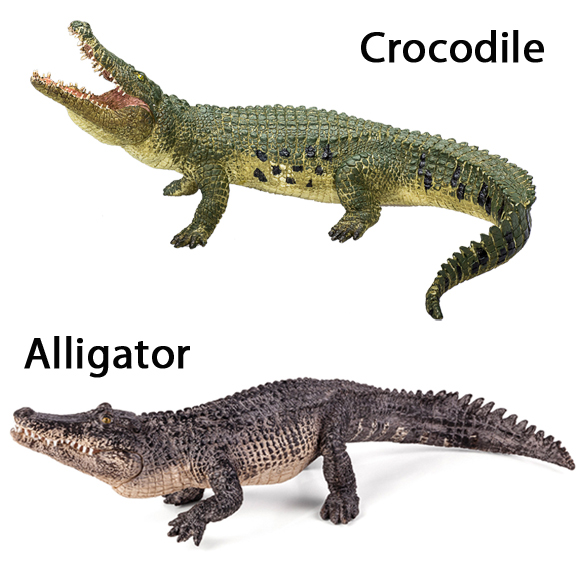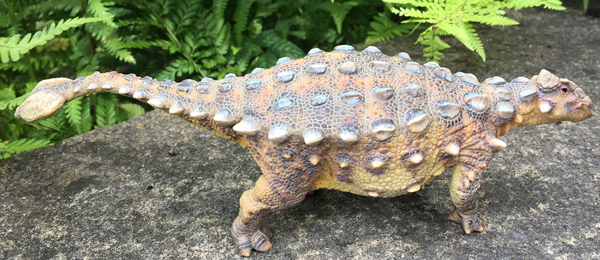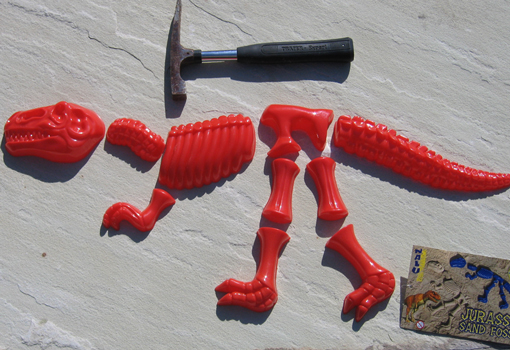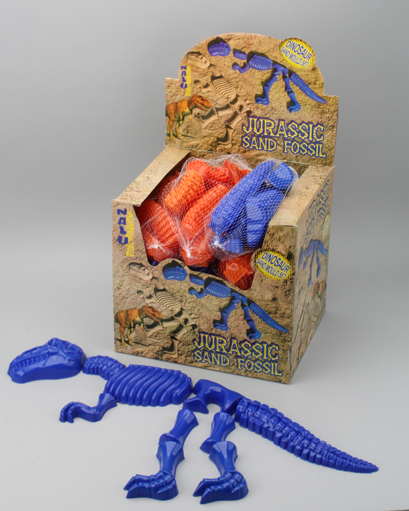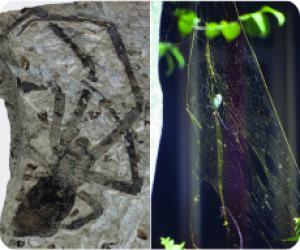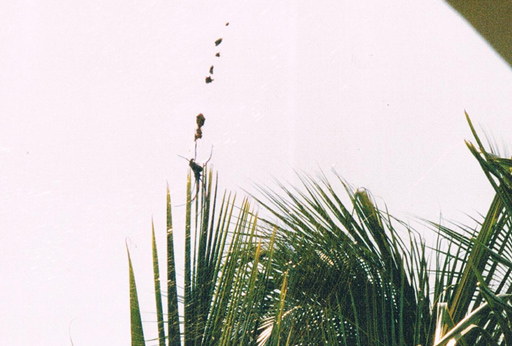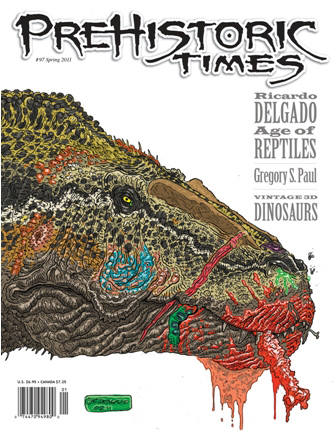In a Flap over our Feathered Friends
What was the Biggest Creature with Feathers of All Time?
In one of Everything Dinosaur’s frequent trips to school to visit young dinosaur fans and to help them appreciate fossils and all things Dinosaur, we get asked lots of questions from the enthusiastic student palaeontologists. Last week we were asked the rather intriguing question – which was the biggest feathered creature of all time?
Everything Dinosaur
A tricky question, one that can be split up into two answers, the largest bird and the largest feathered animal, they may not be one and the same. In terms of known examples from the fossil record the largest bird could also be split into two. The recently extinct Elephant Bird of Madagascar (Aepyornis genus) was perhaps the largest flightless bird known to science. This huge bird has fascinated the naturalist and broadcaster, Sir David Attenborough for much of his adult life and this was the subject of a recent BBC documentary.
To read more about this documentary: Attenborough – The Elephant Bird and his Fossil Fascination.
The Elephant Bird may have been up to ten feet tall. The largest flying bird known from the fossil record, comes from Argentina. Argentavis magnificens – a giant Condor from the Late Miocene Epoch. Formally named and described in 1981, this giant bird had a wing span of up to eight metres, making it a rival for the largest pterosaurs.
However, in terms of our feathered friends, the largest feathered creature of all time, may have been a dinosaur.
Gigantoraptor (Gigantoraptor erlianensis) is known from one disarticulated and incomplete fossil specimen. It was discovered in 2005 by a team of Chinese palaeontologists from the Institute of Vertebrate Palaeontology and Palaeoanthropology (Beijing). The fossils represent one individual animal and include the lower jaw and elements of the beak, vertebrae, a shoulder blade, parts of the fore-limbs and almost the entire hind-limbs.
This bizarre dinosaur has been classified as a member of the Oviraptor family, but it is approximately five times bigger and much heavier than any other oviraptorid. Gigantoraptor was formally named and described by Xu Xing and colleagues in 2007. The species name honours the area of Inner Mongolia where the fossils were found. It was over 8 metres in length and may have weighed as much as 1.5 Tonnes.
An Illustration of Gigantoraptor (G. erlianensis)
Picture credit: Everything Dinosaur
The illustration above is based on the CollectA Gigantoraptor dinosaur model.
To view the CollectA range of models that features a model of this amazing Late Cretaceous dinosaur and other dinosaur models: CollectA Age of Dinosaurs Prehistoric Life Models.
So, Gigantoraptor may be the largest feathered animal of all time, at least the largest one discovered to date, but who knows what wonders lie out in the vast lands of Mongolia and other remote places awaiting discovery.
To read more about this dinosaur’s discovery: New Chinese Dinosaur Discovery – Gigantoraptor.


